In 1925, in a long article proposing reforms to French infantry units stationed in the Mandate of Syria, Lieutenant Colonel Abel Clément-Grandcourt provided a brief sketch of the ideal artillery component of that force. The only sort of batteries to serve in Syria, he argued, should be mountain batteries.1 These, moreover, should be of two kinds: batteries of 105mm mountain howitzers and batteries armed with a combination of 75mm mountain guns and rifled mortars.
Of the three artillery pieces needed to realize the scheme laid out by Clément-Grandcourt, none were in service with the French Army of 1925. Two - the 75mm mountain gun and 105mm mountain howitzers - could be found in the catalogues of private arms makers, such as Schneider and Skoda. One - a rifled mortar with a caliber in the vicinity of 90 to 95 millimeters - would have to be designed.2
The model for the proposed mountain howitzer batteries came from analogous units of the old Austro-Hungarian armies. Armed with 105mm pieces that could either be pulled by a single horse or carried, in parts, on the backs of pack animals, these tackled tasks beyond the capability of batteries armed with mountain guns of the ordinary type. (Clément-Grandcourt would have preferred to employ mountain howitzers with a caliber of 120mm or so. Such weapons, however, did not yet exist.)
Inspiration for the mixed mountain batteries imagined by Clément-Grandcourt came from the field batteries that had served in the armies of Napoleon I. Just as the Napoleonic batteries had been armed with a pair of howitzers and four field guns, the mixed mountain batteries he imagined possessed two mortars and four mountain guns. (Where the mountain guns would fire shells comparable to the 75mm projectiles of the standard French field guns of the day, the bombs fired by the mortars would look a lot like the shells fired by field guns introduced in the 1870s, particularly the 90mm piece designed by Charles Ragon de Bange and the 95mm field gun invented by Périer de Lahitolle.)
Source: Lieutenant-Colonel Clément-Grandcourt, ‘La Tactique d’après guerre et ses applications au Levant (VII): Organisation, Armament, Outillage’ [‘Tactics after the War and its Application in the Levant (VII): Organization, Weapons, Equipment’] Revue d’Infanterie, Volume 66, Numero 397 (octobre 1925) pages 556-585
For More About French Forces in Syria in the 1920s
For More About Types of Ordnance Mentioned in the Article:
To Share, Subscribe, or Support:
While Clément-Grandcourt did not wish to maintain artillery units other than mountain batteries in Syria, he nonetheless advocated the prepositioning of matériel for a siege train consisting of trench mortars of the heavier sort and a few long-range guns.
Clément-Grandcourt had heard, but could not confirm, that a prototype of one of the 90mm rifled mortar invented by Colonel de Bange in the 1880s could be found in the model room of the state arsenal at Bourges.





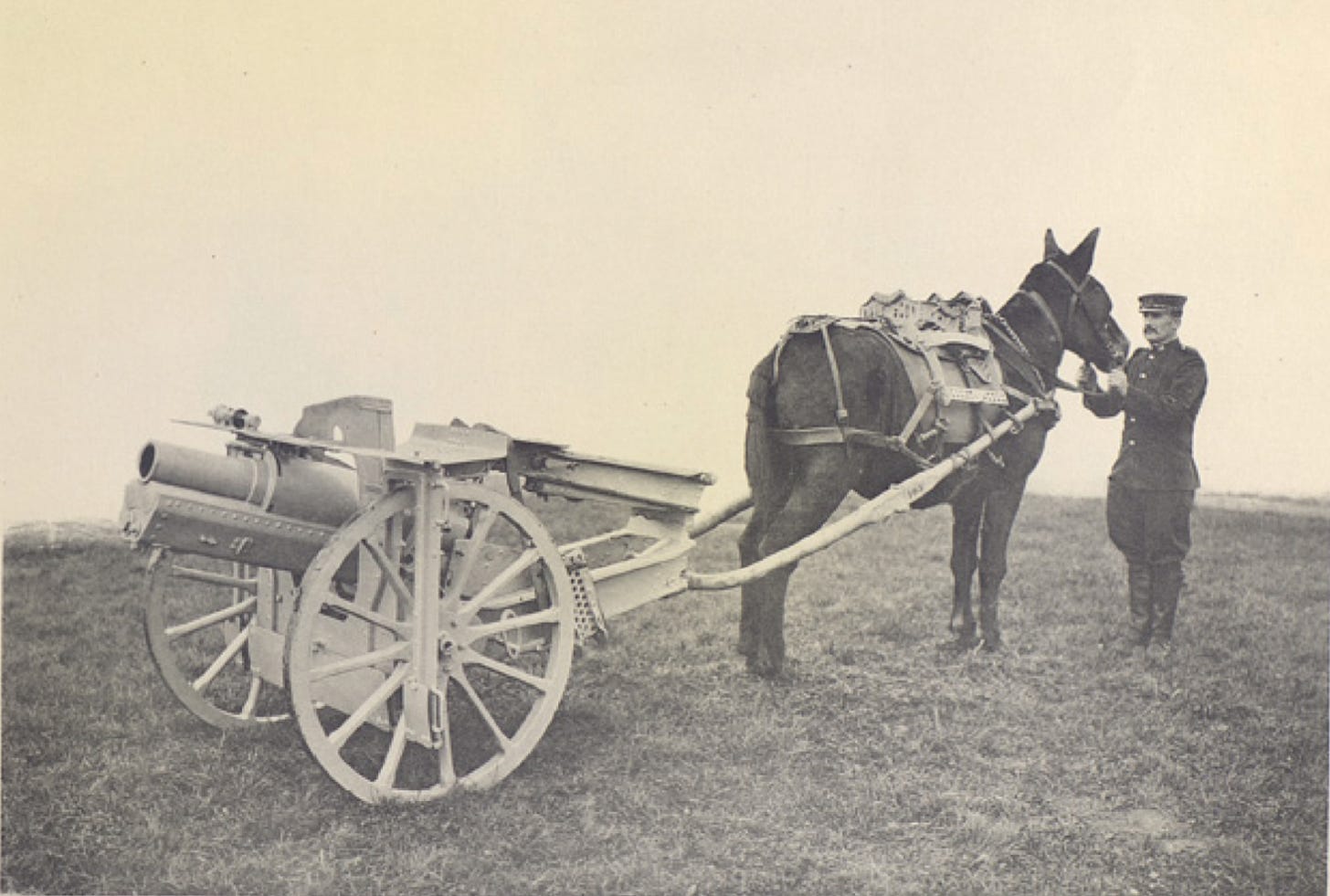
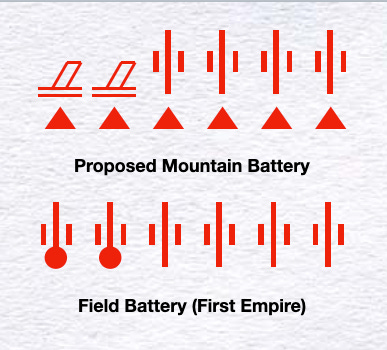
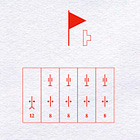
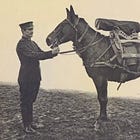
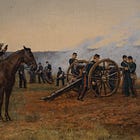
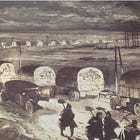
How about gas used by the Germans AND the Brits/Entente. Understudied perhaps